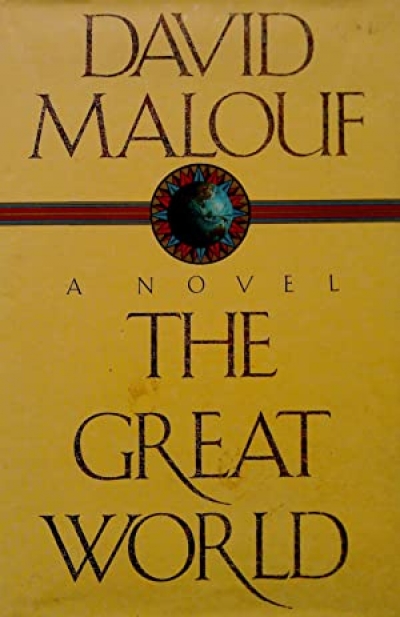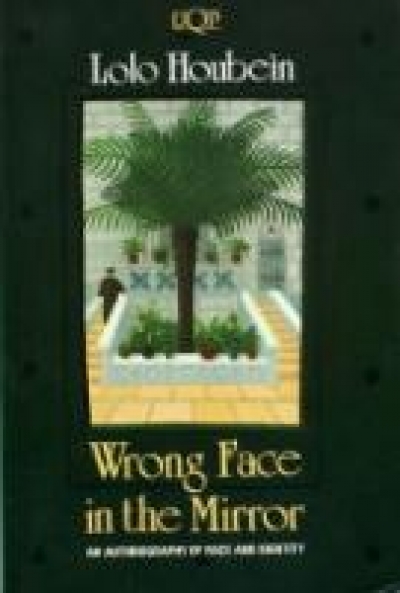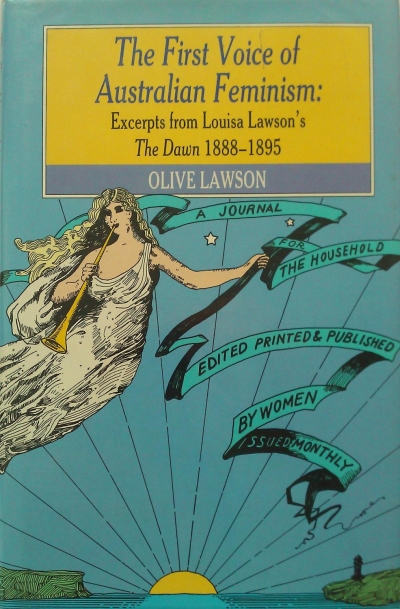Archive
Life Among the Scientists: An anthropological study of an Australian scientific community by Max Charlesworth, Lyndsay Farrall, Terry Stokes and David Turnbull
by Damien Broderick •
What Price Surrender?: A story of the will to survive by Desmond Jackson
by Stephen Matchett •
Wrong Face in the Mirror: An Autobiography of Race and Identity by Lolo Houbein
by Margot Luke •
The First Voice of Australian Feminism: Excerpts from Louisa Lawson’ ‘The Dawn’ 1888–1895 by Olive Lawson
by Brian Matthews •
Descent of Spirit: Writings of E.L. Grant Watson edited by Dorothy Green
by Jennifer Dabbs •
Ross Fitzgerald reviews 'Billy Snedden: An unlikely Liberal' by Billy Mackie Snedden and M. Bernie Schedvin
by Ross Fitzgerald •
Neither a conventional biography nor an autobiography, Billy Snedden is a story told in two quite distinct and authentic voices. There is that of the late Sir Billy Snedden, Liberal Party leader from 1972 to 1975, and Dr Bernie Schedvin, lecturer in politics at La Trobe University.
... (read more)








